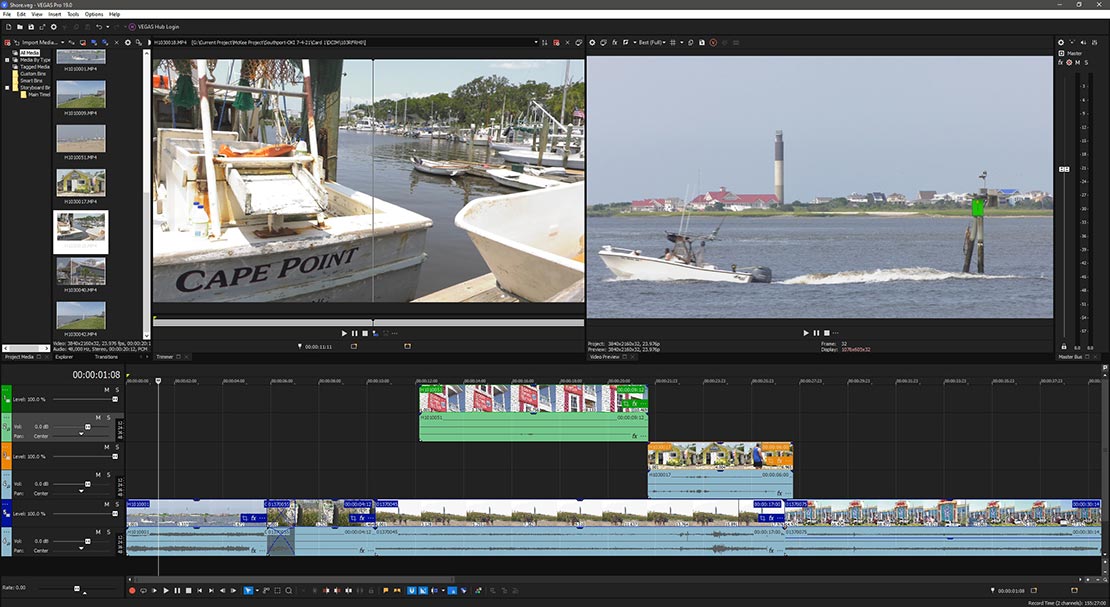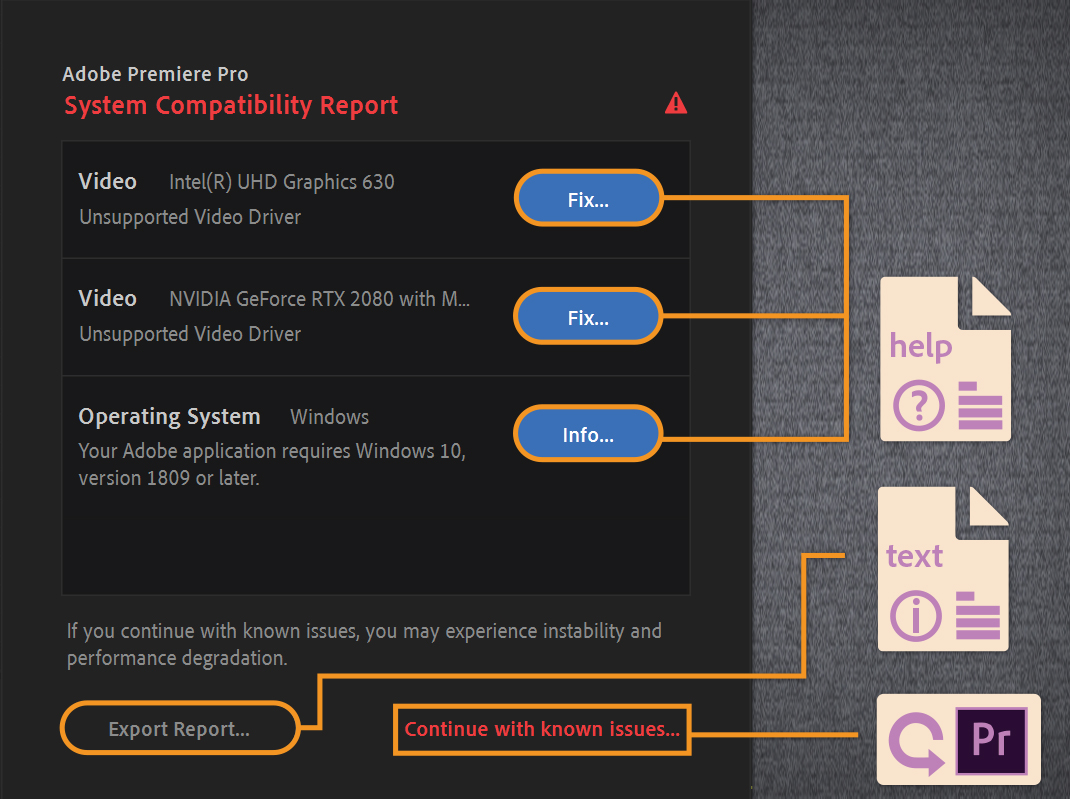
Try these tips to help minimize flicker further: Everything is locked down and you are ready to go. Select a proper f-stop and shutter speed to provide the image exposure you are looking for and manually set your ISO and white balance.
#Auto color creates flicker premiere pro manual#
The best way to minimize flicker is to eliminate as many opportunities for your camera to jump exposure settings as possible and manual is the way to go. As a refresher to how photographic controls work together to create an exposure, take a look at the time-lapse exposure triangle below. There are a ton of great online resources and books written and designed by some amazing photographers out there. Now it’s ok if you are a little rusty on full manual camera control.
#Auto color creates flicker premiere pro how to#
We’ll talk much more on flicker below, but know for now that it’s one of the biggest enemies of the time-lapse photographer. This post on Setting a good timelapse exposure is part of a larger road-map outlining timelapse photography called The Massive Time-lapse Photography How to Guide…

By eliminating as many automatic camera controls as possible we reduce the likelihood of flicker to occur when we create our final time-lapse compilation. Manual mode (M on your camera dial) is usually the best choice for most time-lapse scenes with relatively constant light.

Ok maybe not breeze, but “drag” through for sure… dragging shutter, get it… Nevermind. I think there is a lot of truth to that statement but the good news is with time-lapse photography you’ll breeze through your first 10k photos in no time. Your first 10,000 photographs are your worst.


 0 kommentar(er)
0 kommentar(er)
